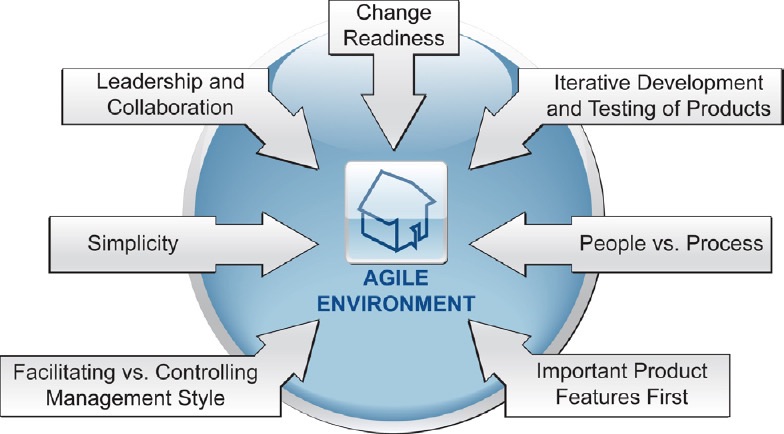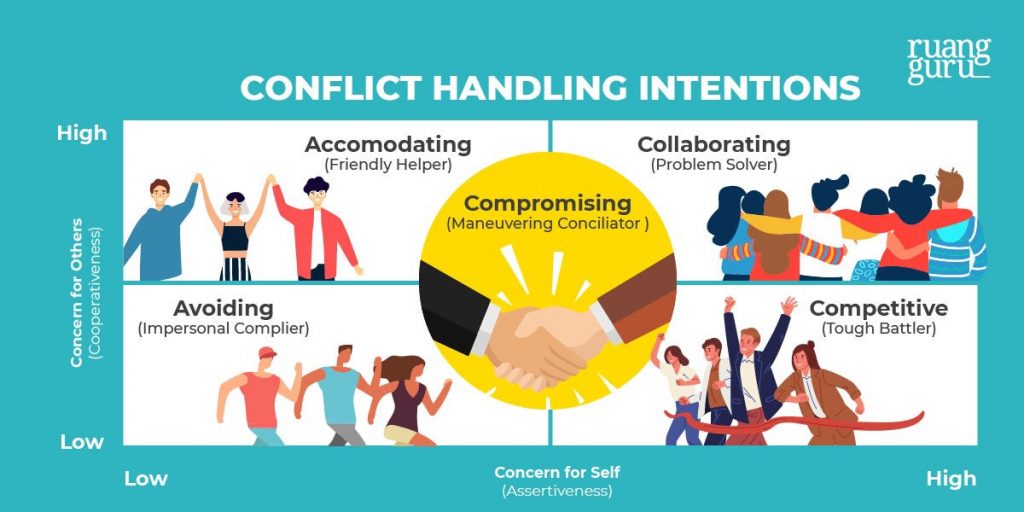Hello everyone, today we will discuss a very important and interesting topic: measures to promote the collaboration between the PMO and Agile CoE during the Agile transformation process in an organization.
Did you know that Agile is one of the most prominent trends in project management today? According to a Gartner study, only 31% of organizations have widely adopted Agile, but these organizations have gained significant benefits in adaptability to change, enhanced efficiency and performance, and fostered creativity and continuous learning. Some well-known examples of organizations that have successfully transitioned to Agile are Spotify, Riot Games, and Hilcorp.
So, what do organizations need to do to successfully transition to Agile?
In my opinion, one of the key factors for a successful Agile transformation is the collaboration between the PMO and Agile CoE – two entities that play crucial roles in supporting, guiding, and disseminating Agile principles and practices within the organization.
Why is that? To clarify the issue, let me first take a moment to introduce PMO and Agile CoE.
What is PMO?
PMO stands for Project Management Office, which is a dedicated agency for project management within an organization.
The PMO is tasked with establishing standards, processes, methods, and tools for project management; providing reports, analyses, and recommendations for senior management; monitoring and controlling projects to ensure quality, timelines, and budgets; and supporting, training, and developing project management personnel.
PMOs typically focus on governance, control, and measurement, and tend to use traditional project management methods such as Waterfall or PRINCE2.
What is Agile CoE?
Agile CoE stands for Agile Center of Excellence, which is a group of individuals with skills and expertise in Agile, tasked with providing leadership and disseminating Agile knowledge within the organization.
The Agile CoE is responsible for identifying, sharing, and documenting Agile techniques, principles, and practices; supporting, consulting, and training teams applying Agile; organizing communities of practice to encourage learning and experience sharing among teams; and monitoring and evaluating the progress and results of Agile transformation.
Agile CoE is less about control and more about facilitating support and alignment for teams, allowing them to self-manage flexibly.
As you can see, PMO and Agile CoE have clear differences in their approaches, mindsets, and practices. PMOs often follow a centralized management style, adhering to established rules and standards, while Agile CoE follows a decentralized, flexible management style that adapts to specific circumstances. However, this does not mean that PMOs and Agile CoEs cannot collaborate. On the contrary, their collaboration is crucial to ensure the success of the Agile transformation.
So, what benefits does the collaboration between these two agencies bring to the organization?
In my view, the collaboration between PMO and Agile CoE will yield the following benefits:
Firstly, the collaboration of PMO and Agile CoE helps create a common vision and goals for the Agile transformation. These two agencies can work together to identify the core values, principles, and Agile practices that the organization wants to pursue; collaboratively design an Agile transformation roadmap tailored to the organization’s needs and conditions; and communicate and convey this vision and goals across the entire organization. This will help enhance unity, commitment, and focus on a common goal during the Agile transformation process.
Secondly, the collaboration of PMO and Agile CoE helps leverage each other’s strengths and compensate for limitations. The PMO can provide the Agile CoE with information, data, and reports on projects so that the Agile CoE can better understand the current situation and make appropriate recommendations. The Agile CoE can provide the PMO with knowledge, skills, and experience about Agile, enabling the PMO to apply Agile flexibly and effectively in its work. Both sides can also support each other in training, consulting, and assisting teams in applying Agile.
Thirdly, the collaboration of PMO and Agile CoE helps create a working environment that encourages continuous learning and improvement. These two agencies can organize activities such as open space, lean coffee, hackathons, or communities of practice to encourage teams to share experiences, ideas, and solutions regarding Agile. They can also experiment together, evaluate results, and propose improvements for the Agile transformation process.
Clearly, the collaboration between PMO and Agile CoE is essential to ensure the success of Agile transformation within the organization. However, this collaboration also faces many challenges and difficulties. So how can we improve the collaboration between these two departments?
Based on the principles and steps of the Agile transformation roadmap, I would like to propose some solutions to enhance the collaboration between PMO and Agile CoE as follows:
Firstly, it is necessary to build trust and mutual respect between PMO and Agile CoE. These two agencies need to understand that they are not rivals or enemies, but allies and partners in the Agile transformation. They should recognize and value each other’s strengths and contributions, and refrain from criticizing or negatively comparing each other. A high spirit of collaboration is required, with a willingness to share information, knowledge, and experiences, and an openness to learn from one another.
Secondly, it is essential to establish an effective communication and coordination channel between PMO and Agile CoE. These two agencies need to have a clear communication plan that identifies stakeholders, topics for discussion, communication methods, and schedules. They should maintain regular, transparent, and honest communication to ensure there are no misunderstandings or oversights in their collaborative activities. Additionally, they should have a feedback and problem-solving system in place to address any challenges or conflicts that may arise promptly.
Thirdly, it is important to create a shared learning and creative space for PMO and Agile CoE. These agencies need opportunities to learn and experience Agile principles and practices, not only through training or consulting but also through practical activities such as participating in Agile projects, conducting Agile experiments, or organizing workshops and hackathons to address Agile-related issues. They also need a space to express and explore their creative ideas and solutions without being constrained by previous rules or standards.
In conclusion, I would like to summarize the key points I have shared above.
First, I introduced PMO and Agile CoE, two agencies that play important roles in supporting, guiding, and disseminating Agile principles and practices within organizations.
Next, I discussed the importance of coordination between PMO and Agile CoE, and the benefits this collaboration brings to the organization, such as enhanced adaptability to change, improved efficiency and performance, and encouragement of creativity and continuous learning.
Finally, based on the principles and steps of the Agile transformation roadmap, I proposed several solutions to improve the collaboration between PMO and Agile CoE.
I hope this presentation has provided you with some valuable and engaging information. If you have any questions or comments, please feel free to share so we can continue our discussion.



